Colombia was once known for violence, cartels, kidnappings, and drugs. Nowadays it’s the new hotspot in South America! These Colombia travel tips will help you plan your trip.
Colombia Travel Tips: 16 Things to Know Before You Travel to Colombia
There was a time when Colombia was the place in South America that people skipped over, avoided, and detoured around. Known for violence, cartels, kidnappings, and drugs, it was a destination on very few people’s bucket lists. Today it’s a different story.
A decade ago most people couldn’t point out Colombia on a map—now it has become the new star of South America. Having thrown off its troubled past, the country is now a welcoming place to travelers of all types.
From nature to adventure sports, from incredible coffee to world-class nightlife, Colombia really does have something for everyone.
That being said, it’s still a rather new destination—it can be helpful to have a bit of guidance and a few tips when planning your first trip to Colombia. This travel guide is a compilation of our top Colombia tips to make sure you enjoy everything this incredible country has to offer.
-
You Probably Don’t Need a Visa and Can Stay Up to 180 Days

Most people who visit Colombia get to enjoy visa-free travel. This is available for citizens of 90+ countries including Canada, the US, Australia, and all of Europe (you can search other countries here). On entry, an automatic 90-day tourist permit will be given to most visitors.
While the 90-day entry stamp is standard, the exact number of days is up to the discretion of the immigration officer. Make sure you double-check how many days the officer wrote in your passport, just in case.
Either way, if you come from one of the visa-free countries, you are entitled to both the initial 90-day entry permit as well as an additional 90-day extension. This means you could potentially spend up to 180 days out of the year in Colombia without needing a visa. The 180 days rule applies to both the calendar year and consecutive days in the country.
Extending the initial tourist permit is a very simple process without much planning. One option is to leave the country and return, allowing you to get a new stamp. The other option is to extend your permit while in Colombia. As of 2020, this can now be done completely online via the Migracion Colombia website.
For most people visiting Colombia, the 90-day tourist permit is more than enough. On the other hand, Colombia’s tourism slogan was, “The only risk is wanting to stay.” If you find yourself wanting a bit more time to explore all that Colombia has to offer, those 180 days/year of visa-free travel might come in handy.
-
You’ll Want To Brush Up On Your High School Spanish
Knowing even a bit of Spanish can come in incredibly handy here. Colombia travel hasn’t been as prolific as travel elsewhere on the continent, so you’ll find that fewer people speak English than in many other places in South America.
Overall, Colombia is considered a country with low English proficiency. You can definitely get by without much Spanish, especially in the larger cities like Cartagena or Medellin. Getting further off the beaten track, though? You’ll find some Spanish much more necessary. At the very least, you should learn how to read a bit of Spanish.
Unless you stick to a very guided tour, you’ll also find most of your day-to-day interactions with locals require basic Spanish. From taxi drivers to waiters, you’ll need either some level of Spanish or a really good translation app.
Colombians, as a whole, are also incredibly friendly. Knowing a bit of the local language can help make your trip a lot more fun and give you a chance to meet more locals. Consider brushing up on your skills, even if just a bit, before you leave for Colombia.
-
Or If You Want to Learn, Colombia is a Great Place to Study Spanish
If your level of Spanish doesn’t extend much past basic greetings, don’t worry! You don’t need to cancel your trip. Colombia is actually one of the best places in Latin America to learn Spanish.
The standard Colombian accent is often said to be a bit easier for new learners to pick up. While there is a lot of slang, the accent (especially in Bogota) is considered very neutral and clear for non-native speakers.
As mentioned above, Colombia also doesn’t have as many English speakers as some other Latin American countries. This means you will have even more opportunities to practice what you’re learning in your day-to-day activities with locals.
You’ll find language schools throughout Colombia. Most offer day, week, or even month-long programs. There are also options to combine your studies with a traditional home-stay or volunteer program. Some schools even offer a combination of Spanish and salsa dance courses to get a full feel for the Colombian experience. Make sure you read up on your options and check for reviews before committing.
-
It’s One of the Most Diverse Places on Earth

Cocora Valley, Colombia. Photo: Jeremy Scott Foster Did you know Colombia is actually the second most diverse place in the world, after Brazil? When you take into account size though, it actually comes out on top as the most diverse country in the world by area.
If Earth’s biodiversity were a country, it could be called Colombia.
This isn’t hard to believe once you start exploring a bit of Colombia yourself. From the Pacific to the Caribbean, from the Amazon Jungle to the high, snow-capped Andes, Colombia has a bit of everything.
In fact, the country has over 8,000 labeled ecosystems, protected by 59 different nationally designated protected areas, including national parks and reserves. There are over 50,000 known species of animals and/or plants in Colombia, with 9,000+ being found nowhere else in the world.
It’s not just the biodiversity that makes Colombia special, though. The people of Colombia are also very diverse with a mix of indigenous, afro-descendants, Spaniards, and other international ethnicities.
Colombia has 80+ indigenous ethnic groups with 64 different Amerindian languages spoken in the country. It was also home to the first “freetown” in the Americas, Palenque, which was established by escaped slaves on Colombia’s Caribbean coast. You’ll also find smaller communities of Arab, Romani, Jewish, Korean, and other immigrant groups spread throughout Colombia.
This ethnic diversity makes Colombia a beautiful place to experience. The music and cultural traditions of Palenque are considered a time capsule into the past, with many African traditions (like drum song and dance) still practiced in the community. You also won’t have to search far for intricately designed traditional handicrafts from the various indigenous groups of the Sierra Nevada de Santa Marta.
Even the food of Colombia celebrates the country’s ethnic diversity, from almojábanas (a type of bread) to indigenous herbs like guasca which is used in the iconic Colombia ajiaco soup.
-
Even If You Stay 180 Days, You Won’t Be Able to See Everything

When I first mentioned that you could visit Colombia up to 180 days per year, you probably thought that was more than enough. Let me tell you from first-hand experience that even with 180 days to visit, you wouldn’t be able to see even a fraction of what this incredible country has to offer.
As I mentioned, Colombia is diverse with so much to see, do, and experience.
It is the only South American country to have both a Pacific and Caribbean coastline. It has high Andes mountain passes, small pueblos, modern cities, desert landscapes, rolling hills, and vast plains. People come to visit Colombia for the food, the culture, the nightlife, for whale watching and scuba diving, and for jungle treks and adventure sports.
Whether you have six months or six days, you’re going to have to narrow down your choices. Thankfully, we have a whole itinerary with plenty of highlights to see on your visit. Let this serve as your travel guide to making the most of your time.
If you only have one or two weeks in Colombia, your best bet is to visit just 2 or 3 regions. You could check out one of the major cities (Bogota, Cartagena, or Medellin) and then spend a few nights in the coffee region before heading to the Caribbean coast.
I would recommend swapping out the Caribbean for the Amazon or Pacific regions for a bit more adventure. You could also tack on a few days in Cali if you are planning to check out some salsa classes.
-
You Need to Think About How You’ll Get Around

Once you realize how big Colombia is (it’s a little over twice as large as France), you start to realize how it might be hard to see everything you want to see. Add in the fact that the Andes Mountains run right down the center of the country and you’ll quickly understand why planning how you’ll get around is important.
Whether you’re taking taxis, buses, or planes between destinations, you’ll need to take time restrictions and budget into consideration.
Around Colombia, You’ll Have to Navigate Mountains
When it comes to Columbia travel, the public bus system is the cheapest mode of transportation and rarely needs to be booked ahead of time. That being said, buses are not the fastest mode of transportation. Winding mountain passes and narrow two-lane highways mean even traveling between two relatively close places can take a full day.
Flying is a much quicker and more convenient option, especially if you are traveling between distant regions. Thankfully, Colombia has a number of budget airlines. You’ve got your fair number of options to search for. On the downside, this does limit the spontaneity of your plans a bit.
In the past, another consideration when booking travel was safety. Traveling by public buses to visit certain regions of Colombia was not recommended even just a few years ago. However, since the Peace Agreement with the rebel FARC, you can leave those safety concerns behind. Opting to take buses vs flying is now much more a personal decision based on budget and travel style.
Getting Around is Easy in Most of Colombia’s Cities and Towns
In the cities, you will find many ride-share and taxi apps. Uber is popular (though it may or may not be permanently kicked out of Colombia in Jan 2020) as well as DiDi and Beat. You can usually flag down taxis off the street, but I recommend ordering one through a taxi app or by calling instead.
Remember: taxis flagged in the street may not always be metered. Negotiate your fare beforehand.

The public transportation options in Colombian cities are often overcrowded but overall decent. In Medellin, the metro system is a point of pride in the city. On the other hand, the TransMilenio system in Bogota is despised almost universally by locals and travelers alike. (I could take it or leave it.)
As a plus, Colombians are very friendly and usually happy to help lost travelers who are using public transportation systems.
-
It Has a Dark Past But a Bright Future

It’s fair to say the popularity of a certain Netflix show has boosted interest and travel to Colombia. As someone who has fallen in love with Colombia—the people, the culture, the food—it can be frustrating that so many people still have that Narco image of Colombia in their mind. But it’s also part of the country’s past, and it can’t be ignored in these Colombia travel tips.
Colombia was once one of the most dangerous places in the world. From the streets to the highest levels of government, drug cartels ruled with an iron fist. Kidnapping and murder happened each day and no corner of the country was truly untouched by violence.
Even after the fall of Pablo Escobar and the major cartels, Colombia still struggled with ongoing internal conflict between government forces, paramilitary, and rebel groups like the FARC.
But there’s good news! In the last few decades, Colombia has turned a corner to start moving into a much brighter future.
Today Colombia is seen as a gem of South America with growing economic opportunity and a strong tourism industry. Its biggest export is no longer drugs, but flowers. And people nowadays visit to enjoy a different type of stimulant—delicious Colombian coffee.
While we can’t ignore Colombia’s dark past, it’s future is bright. Your visit gives Colombia a much-needed tourism boost.
-
Visiting Colombia is Safe
If it wasn’t clear from the section above, Colombia is a much safer place than it once was. All the popular depictions of narcos and cartels that you read about or see on TV are straight out of the ‘80s. Colombia is safer today than many places in the world, especially for travelers.
Violent crime rates have plummeted. The cartels have lost their hold on the country and cocaine production has dropped drastically. The 2016 Peace Agreement between the Colombian government and the FARC rebels even earned then-President Juan Manuel Santos the Nobel Peace Prize.
The most common crime that visitors face is simple pickpocketing. While you definitely don’t want to go wandering alone at night with lots of money, with a little common sense, most travelers will be fine. Bad luck and bad timing can happen to anyone, but overall, Colombia is considered safe for travelers.
That being said, there are certain areas you’ll want to avoid, especially around the borders, as they have a higher safety risk. It’s always best to check your government travel advisory listing before you visit, as situations do change.
It Might Be Safe But You Still Need Travel Insurance
Even in the safest places in the world, sometimes you just run into a bit of bad luck. Having travel insurance in Colombia is a great way to give yourself peace-of-mind no matter where in the world you visit.
Colombia does have its fair share of theft and pickpocketing. Travel insurance can help you avoid a ruined trip if something does go missing.
Colombia also offers some great adventure sports options. Travel insurance that covers these types of activities is smart in case of any accidents.
Overall, finding the best travel insurance before your trip to Colombia is just a smart move. This is one of the most important tips I can offer! My favorite insurance is World Nomads.
-
And as Colombians Say “Don’t Give Papaya”
Colombians have a saying: “dar papaya.” It literally means “to give papaya.” The actual translation though is more of a warning to not set yourself up to be taken advantage of or robbed.
Like I mentioned above, the most common scam travelers in Colombia face is pickpocketing. Phones and money are by far the most common items to be stolen. And most of the time travelers get their pockets picked because they were “giving papaya.”
Pulling out your phone in the middle of the street, flashing your money at the bar, grabbing sketchy taxis off the street, or casually tossing your phone on the table while eating dinner are perfect examples of this.
“Giving papaya” doesn’t just apply to your phone or wallet. It’s doing anything to attract attention to yourself and potentially your valuables. Want to avoid being robbed in Colombia? Don’t flash money or wear expensive jewelry, don’t get drunk and walk home alone, etc.
Don’t give papaya, consider your safety when you’re out and about, and you are sure to have a much smoother trip.
-
It Has Some Incredible Cities
Now that we have safety out of the way, let’s dive into what makes a visit to Colombia great! We’ll start with its incredible cities.
Bogota
The capital of Colombia, Bogota is a modern, bustling city perched high in the Andes Mountains. Sitting at 8,660ft (or 2,640m), it’s a place that can quite literally take your breath away.
Most visitors to Bogota give it a day or two at most. It’s a huge city but the highlights can be seen in just a few days if you don’t have a lot of time. Some of those highlights include the Botero Museum, the Gold Museum, and the sweeping views from Monserrate.
Bogota also has some of the country’s best nightlife and restaurants. If you are considering taking Spanish classes, Bogota also has a wider selection of schools and programs than other cities.
Medellin
Capital of the coffee region, Medellin is by far most traveler’s favorite Colombian city. Nicknamed the “City of Eternal Spring,” Medellin has near-perfect weather year-round. It’s also home to arguably some of the friendliest people in Colombia.
Medellin sits in a narrow valley with a number of barrios/neighborhoods that are popular with tourists, including El Poblado, Envigado, and Laureles. These neighborhoods are packed with busy restaurants, bars, coworking spaces, parks, and coffee shops.
If you do spend some time in Medellin, it’s also worth checking out a few of the more local neighborhoods. A visit to the Comuna 13 neighborhood is a great way to see a bit of the scarred past of the city but also how it has been reborn through art, culture, and community.
Cartagena
Sitting on Colombia’s Caribbean coastline, Cartagena is a city for lovers of architecture and history. Surrounded by the old city wall, you’ll find many of Cartagena’s colonial homes restored to their original beauty.
Here you can explore quiet plazas, take a ride in a horse-drawn carriage, or step inside a colorful church. At night, Cartagena comes alive with the sounds of salsa and cumbia, especially in the neighborhood of Getsemani.
For a more modern take on Cartagena, head out to the Bocagrande and Castillogrande neighborhoods. These neighborhoods both have decent beaches, lots of restaurant options, and a nice stretch where you can shop for local souvenirs.
Barranquilla
Barranquilla is the urban core of the Caribbean coast. Known mostly as a port city, it’s often overlooked by travelers (other than international shipping businessmen). That being said, Barranquilla has a lot to offer all kinds of travelers, from museums to great art and music festivals year-round.
The highlight of Barranquilla though, hands down, is Carnival. The city is home to the second-largest carnival in the world and if you happen to be in Colombia just before Ash Wednesday, it shouldn’t be missed! The Carnaval de Barranquilla was even honored as a “masterpiece of the oral and intangible heritage of humanity” by UNESCO in 2003.
Santa Marta
Santa Marta, further down the coast, is the gateway to some of Colombia’s most beautiful natural parks. The city itself is another colonial gem—smaller than Cartagena, but equally as charming. It is also home to some of the best urban beaches in Colombia.
The beach in the center of town is quite crowded and not the best. But just outside the city center, you will find two suburbs with great beaches: El Rodadero and Taganga. El Rodadero attracts a largely Colombian crowd and is mainly filled with fancy hotels and resorts. Taganga, on the other hand, is very popular with backpackers and travelers, with many hostel options.
Cali
Although Cali is the capital of sala, it’s another place that is often overlooked by travelers. If you have any interest at all in learning to dance, this is where you come.
The city is unsurprisingly filled with incredible salsa schools and clubs. If you show up at a club, a local is 100% likely to pull you into a dance. It’s also a great place to check out a longer salsa course (if you have time) as it is a bit more affordable to live here than Colombia’s other major cities.
Even if you’re not a dance lover, you’ll appreciate the salsa vibes all over the city. Check out Tin Tin Deo—they sometimes offer free lessons!
-
Colombia is Relatively Welcoming and Progressive When it Comes to LGBTQ+ Travelers
Latin America has a pretty bad reputation overall for LGBTQ+ safety, and a lot of it stems from the region’s traditional Catholic culture. Colombia, however, is very progressive when it comes to LGBTQ+ rights and welcoming LGBTQ+ travelers.
On the Spartacus Gay Travel Index, Colombia was ranked 21 out of 197 countries for most welcoming LGBTQ+ travel destinations. That makes the country second in Latin America, after Uruguay.
While views on LGBTQ+ rights and relationships vary across the country, you’ll find Bogota to be the most open. The city actually elected a new mayor in 2019 who is the first openly gay woman to be elected mayor of any capital in the Americas. Bogota is also home to Theatron, the largest gay nightclub in Latin America.
-
Colombian Food is Delicious!

You won't go hungry in Colombia—that's for certain! What’s the point of traveling anywhere in the world if you don’t check out a bit of the local food? Thankfully Colombia has some incredible local cuisine, from street food to high-end dining to everything in between.
A lot of travelers might think of Colombian food as bland, overly fried, and salty. The reality? They couldn’t be more wrong.
Bogota is known for having some of the best restaurants in the world, including Restaurante Misia, and Leo (these are both splurges, though). Pick any Colombian city or town and you’ll find great street food options from lechona to obleas. You won’t have to search long to find it.
If you’re traveling all the way to Colombia, don’t miss the chance to try bandeja paisa, ajiaco soup, buñuelos, changua, or any of other unique Colombia specialties. Each region is known for something special, from exotic Amazonian fruit to the coconut rice of the coasts.
Don’t be afraid to ask a local to recommend a street vendor, restaurant, or menu item. Locals have the best insider tips!
-
And You’ll Definitely Want to Try the Fruit
You can’t talk about Colombian food without mentioning the fruit. Colombia, as one of the most diverse places on the planet, is filled with rare and exotic fruits you’ve probably never even heard of. In fact, one of the best things you can schedule into your Colombia travel itinerary is a tour of the local fruit market in Bogota, Paloquemao.
Fruit options vary depending on where in Colombia you are, but major markets usually cover a wide range of options. There is arazá, caimito, cherimoya, chontaduro, ciruela, corozo, curuba, feijoa, granadilla, guanabana, lulo, and so much more.
My suggestion? Grab a few pesos, head out to the local market, and just see what you can discover.
-
It’s a Great Place for Adventure Sports Lovers

Paragliding over Medellin, Colombia If adrenaline is more your thing, Colombia also has you covered. From paragliding to white water rafting, you can get your thrill in a dozen or more ways.
The capital of adventure sports in Colombia is definitely San Gil. Located in Colombia’s Santander region, the small city is surrounded by dramatic mountains, rivers, and forests. This makes for the perfect adventure sports arena.
Paragliding in Colombia is probably the most popular adventure sport option with companies offering paragliding in Bogota, Medellin, San Gil, and other major regions. There are also a few places to bungee jump in the country.
White water rafting and caving are popular in the San Gil area. The most popular cave option is La Cueva de la Vaca outside Curiti. Rafting trips on the Suarez River can range from mild, beginner rapids to level four rapids.
-
Colombia is Filled with History
Travelers come to Colombia for many reasons: the natural landscapes, the great nightlife, the world-famous cultural events, etc. If you are a history fan though, Colombia has even more to offer.
Pre-colonial history in Colombia is fascinating with many important archaeological sites spread throughout the country. The two most famous are probably the Lost City and San Agustin.
The Lost City, Ciudad Perdida, is thought to be 650 years older than Machu Picchu. Located in the mountains outside Santa Marta, the hidden ruins of the city are only accessible by a multi-day hike.
The San Agustín Archaeological Park, in southern Colombia, is considered the world’s largest necropolis. It is also the largest collection of religious monuments and megalithic sculptures in all of Latin America.
Moving to more modern history, Colombia’s colonial past has left behind many colorful buildings and towns. Cartagena is by far the best example, with gorgeous old colonial mansions. Similarly, the colonial center of Bogota ( La Candelaria) shouldn’t be missed. For a small-town example, head to the colonial town of Villa de Leyva, known for its whitewashed buildings and cobblestone streets.
-
But the People Are The Real Reason You Will Fall in Love With Colombia

Colombia has so much to see and do. It’s one of those places you visit once and fall in love with forever. There is a reason it has gone from an overlooked piece of Latin America to one of the top travel destinations in the world in only a few short years.
It’s not just the vibrant cities or picturesque towns, or its mountainous landscapes, pristine beaches, or high-quality coffee. What truly makes Colombia special is the people.
For years, Colombia was a no-go zone where few travelers ventured. Despite this, Colombians are overall quite proud of their country and what it has to offer. Rather than being annoyed or fazed by the sudden influx of tourists, Colombians are excited for the opportunity to show the world their homeland.
Colombians are welcoming, open, and some of the friendliest people you will ever meet. It’s no wonder traveler after traveler finds themselves falling in love with this beautiful country and its amazing people.
If you’ve read this far, I already know you’re excited to set out on this journey. In our great search for underappreciated destinations around the world, you’re not going to regret this trip to Colombia.
I hope these tips serve as a useful travel guide for you to navigate one of my favorite places on the planet!
Colombia Travel Tips FAQs
-
What you need to know before travelling to Colombia?
Things to know before travelling to Colombia: you probably don’t need a visa and transportation can be tricky.
-
Is it safe to travel to Colombia right now?
Colombia is generally safe to travel, but the US State Department has issued a Level 3 travel warning and recommends people reconsider travel.
-
How do you prepare a trip to Colombia?
The best way to prepare for a trip to Colombia is to research the local culture and customs and brush up on your Spanish.
-
Is Bogotá safe for white tourists?
Yes, Bogotá is safe for tourists.
-
Do I need malaria pills for Colombia?
Yes, it is a good idea to bring malaria pills if you’re going to a high-risk area in Colombia.
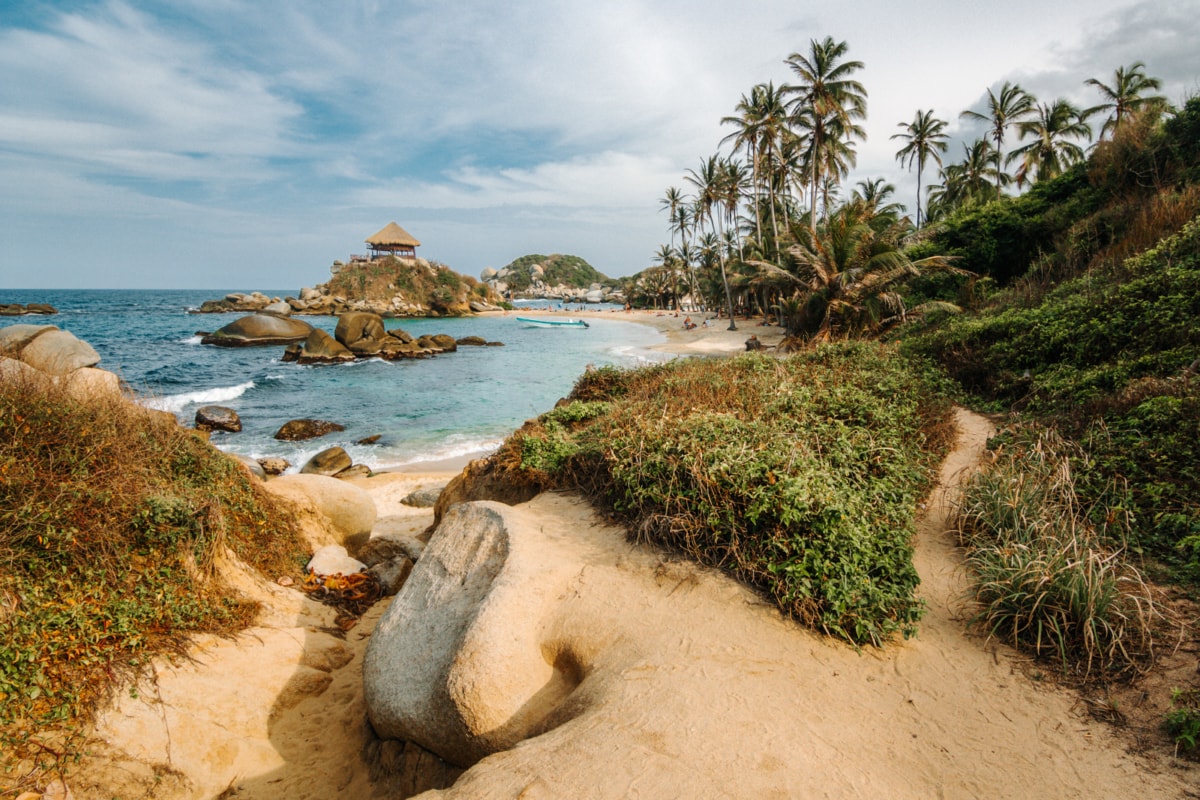

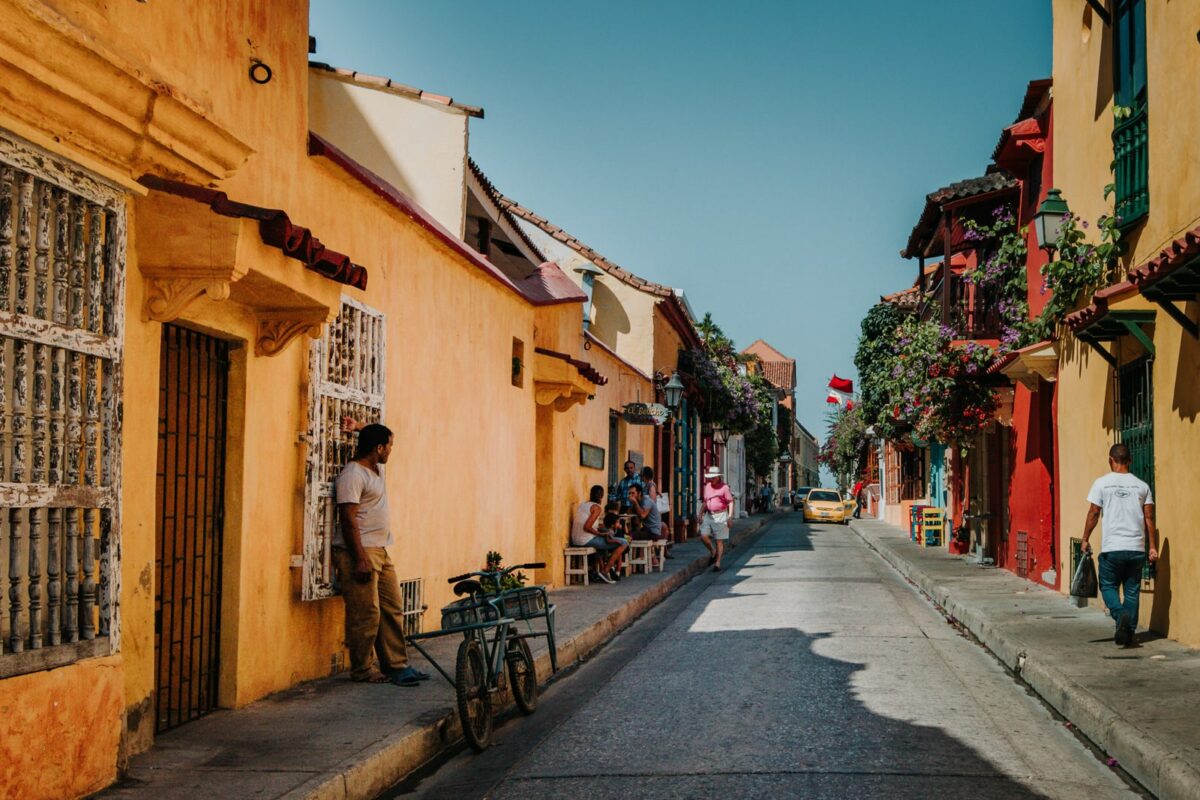
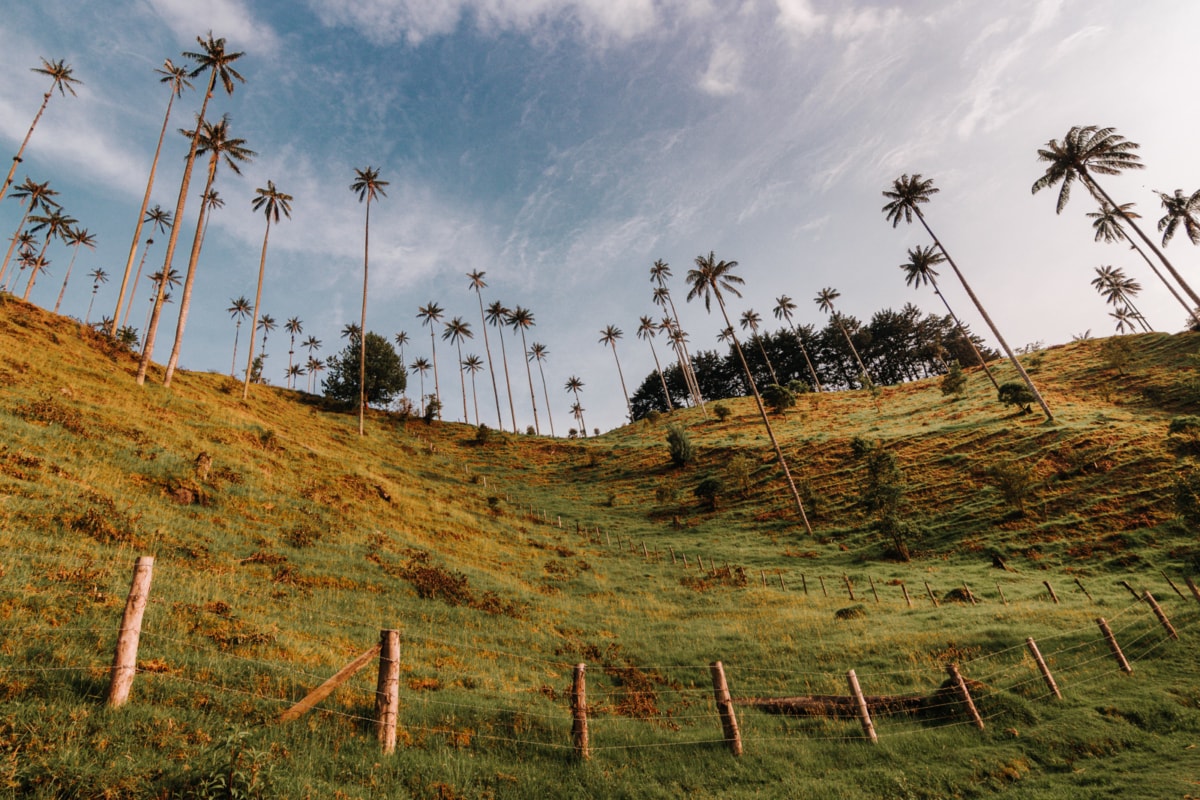
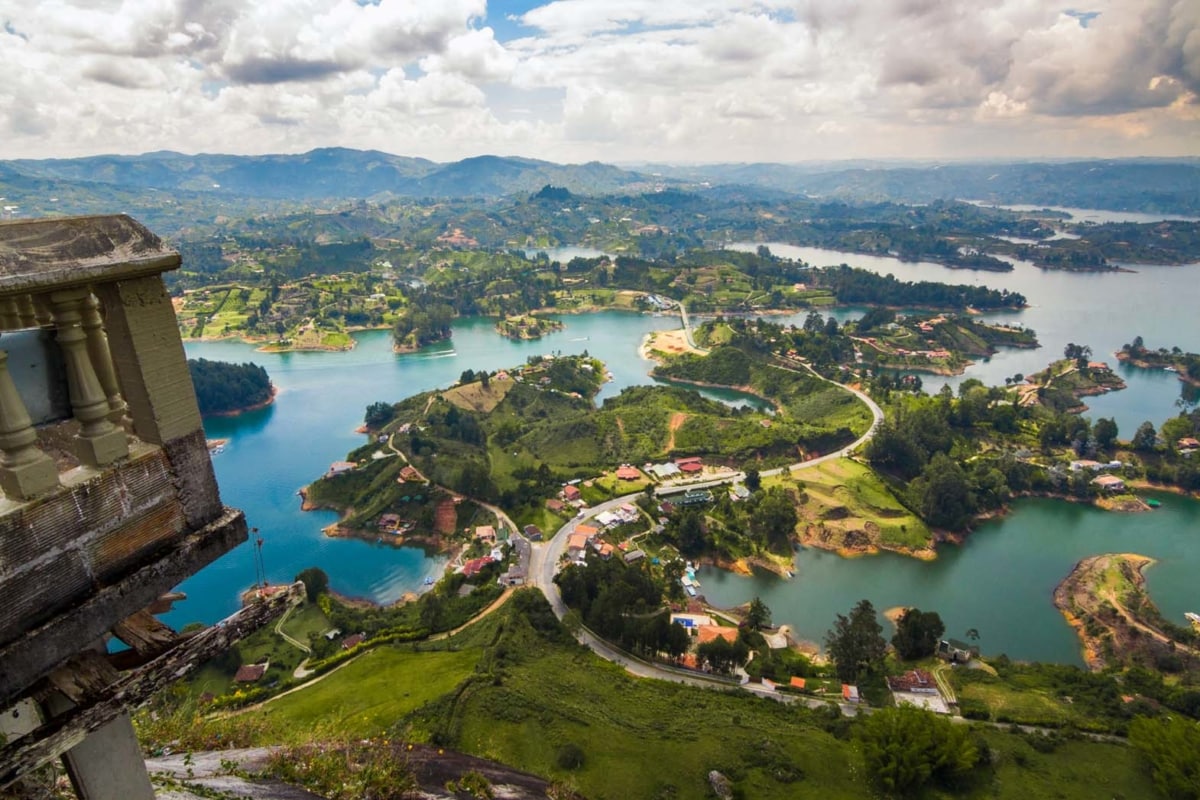
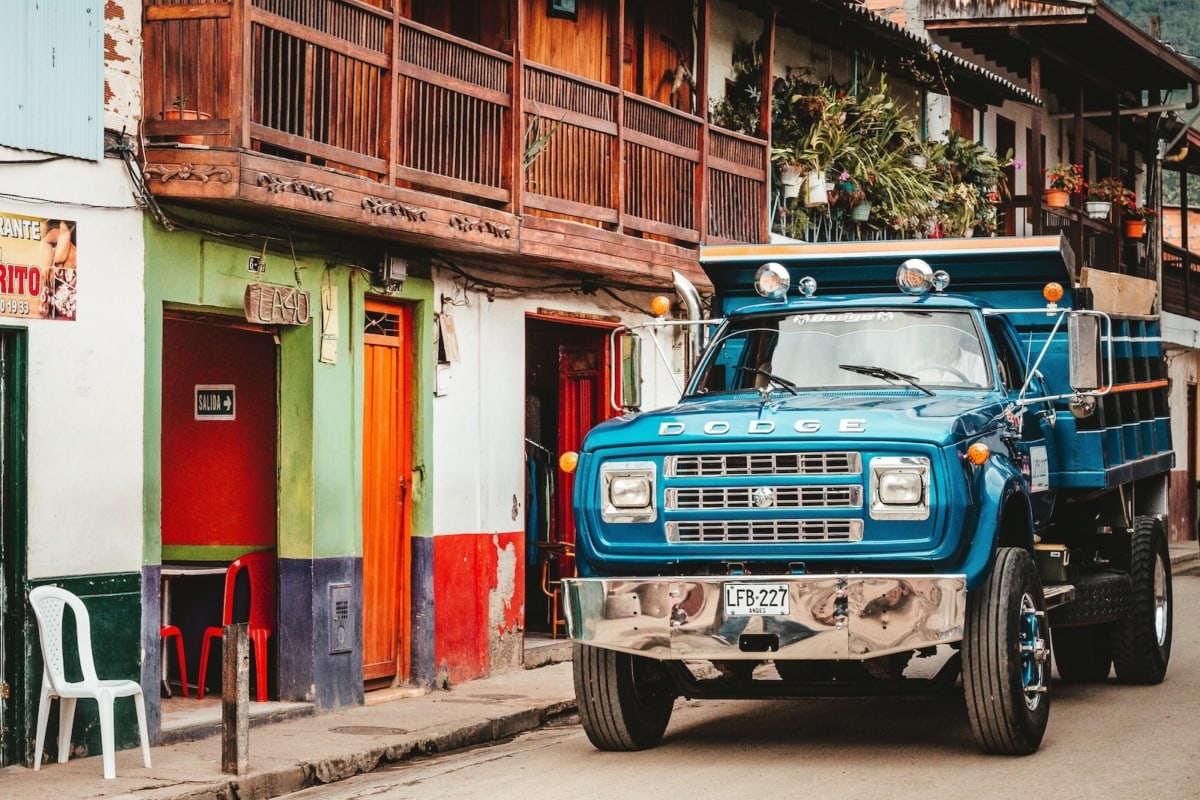
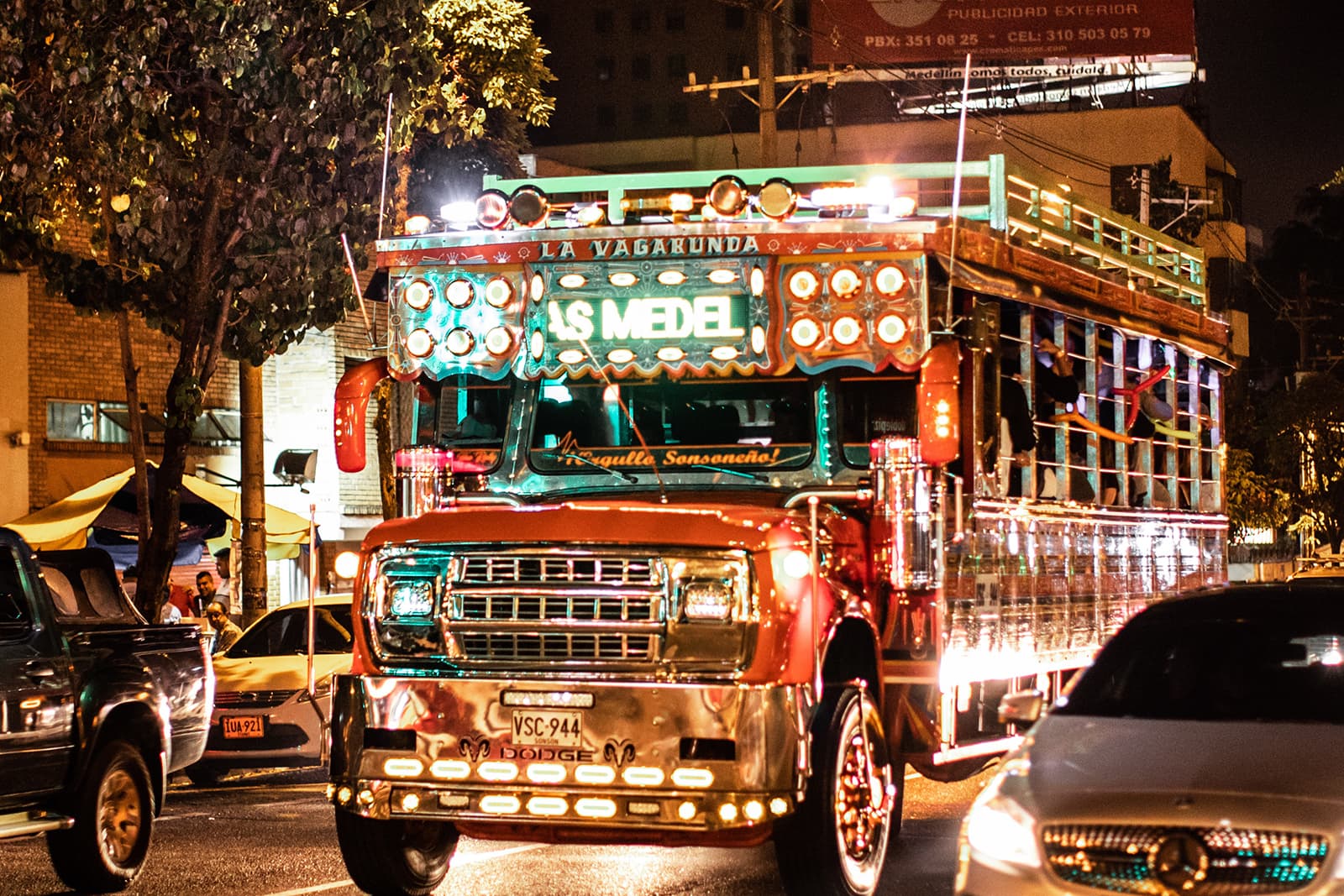
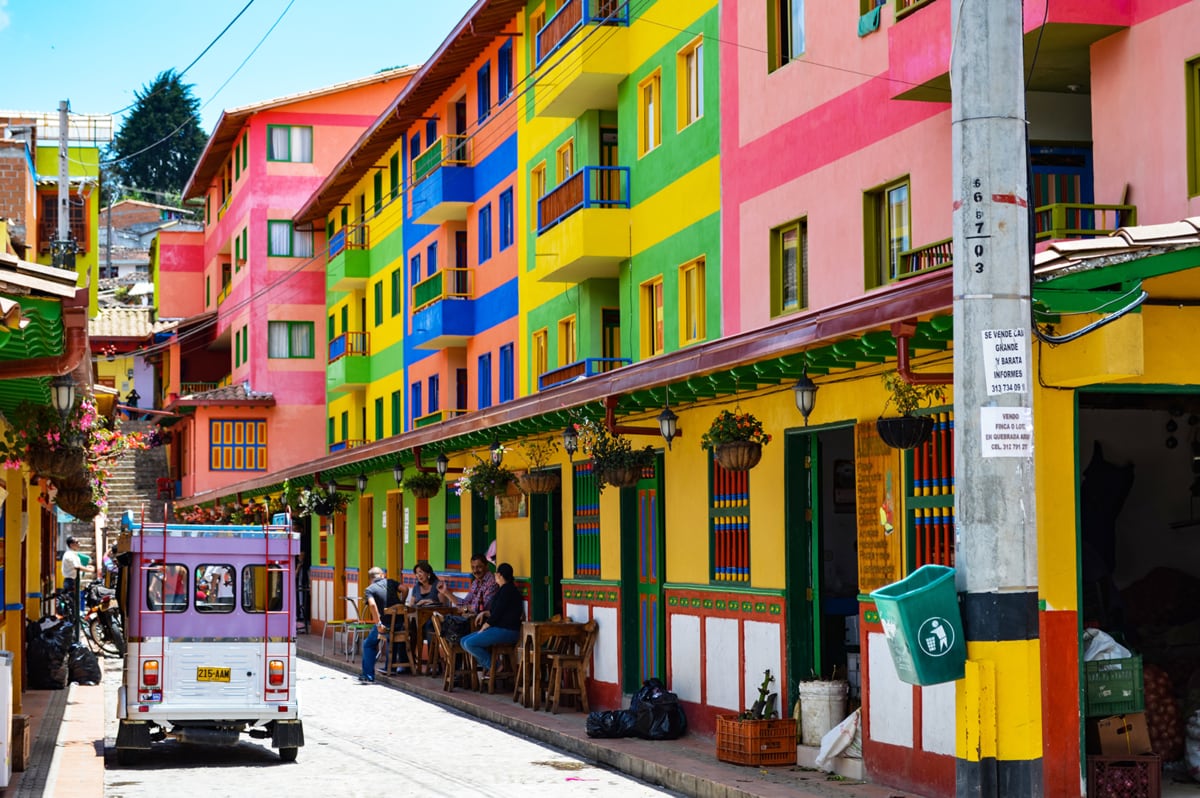
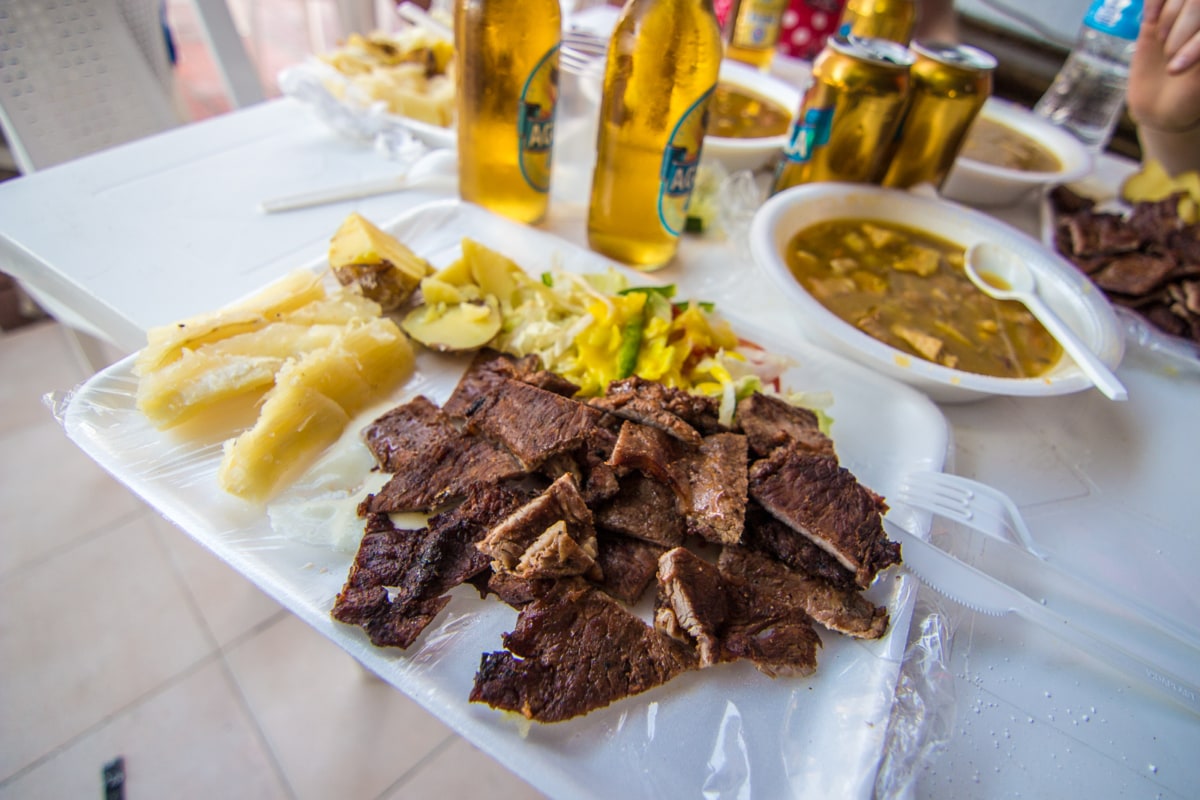
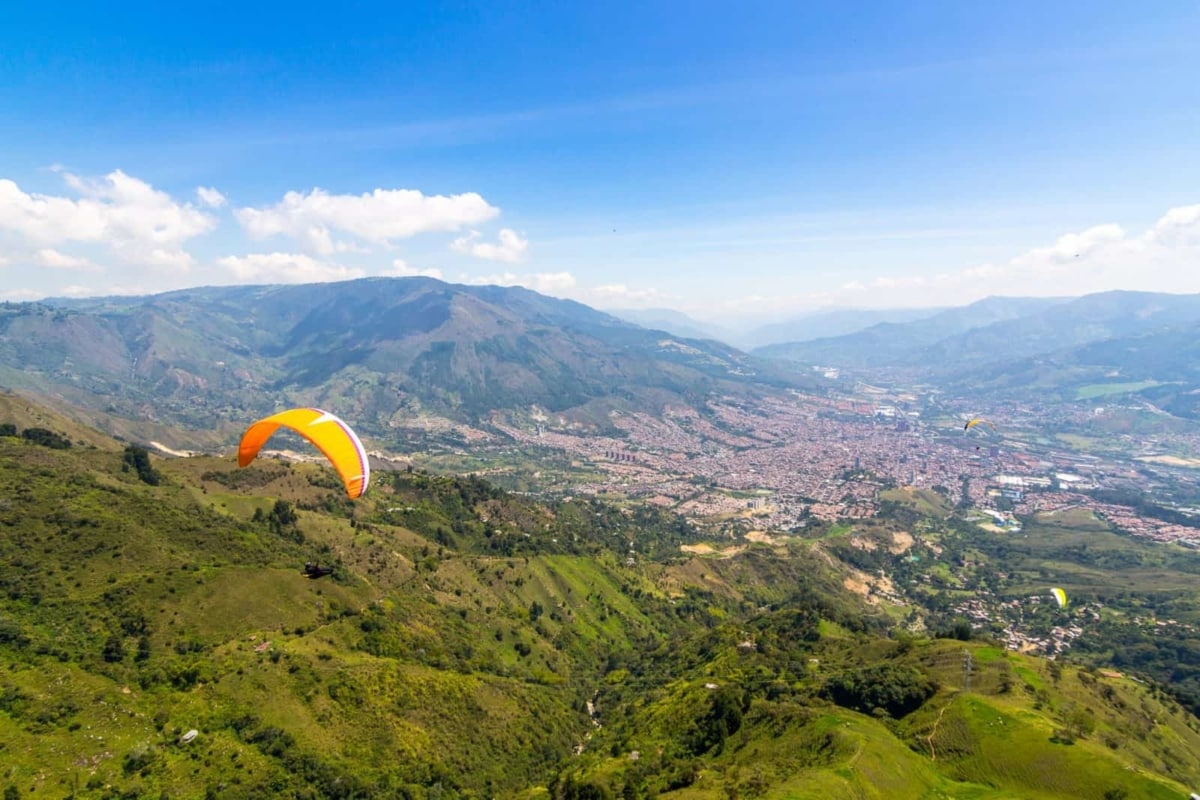
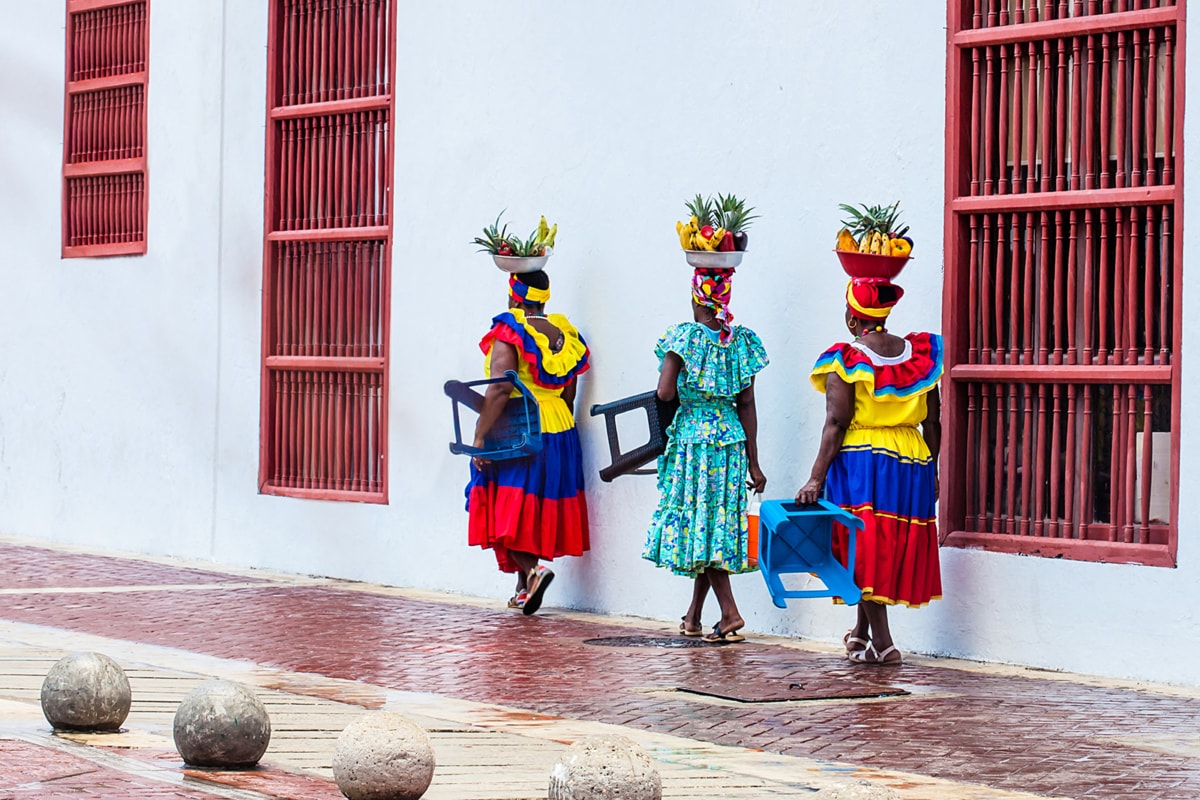
Nice write up (though you forgot to talk about social life and possibility of finding spouse there).
That said, this was useful and helped me plan my trip – specifically, going to a different region via PLANE instead of bus. So thanks for the article!